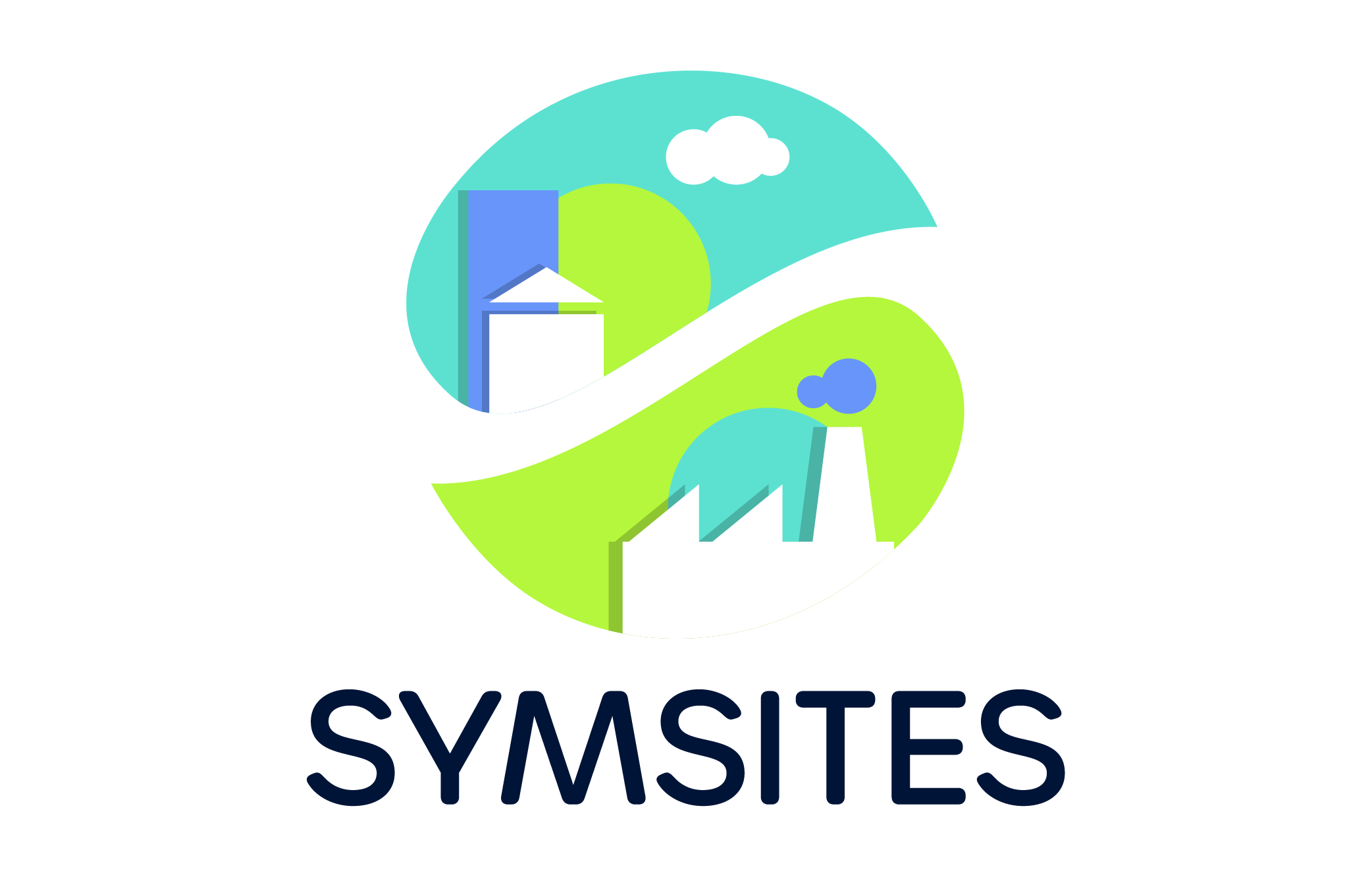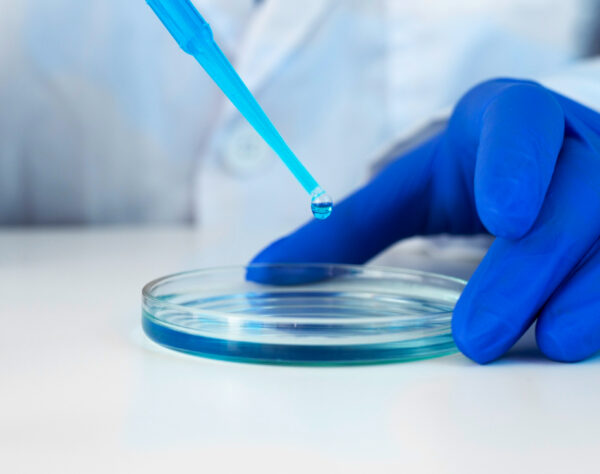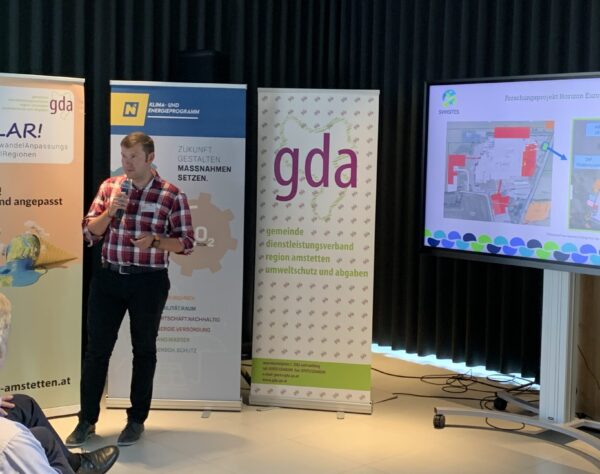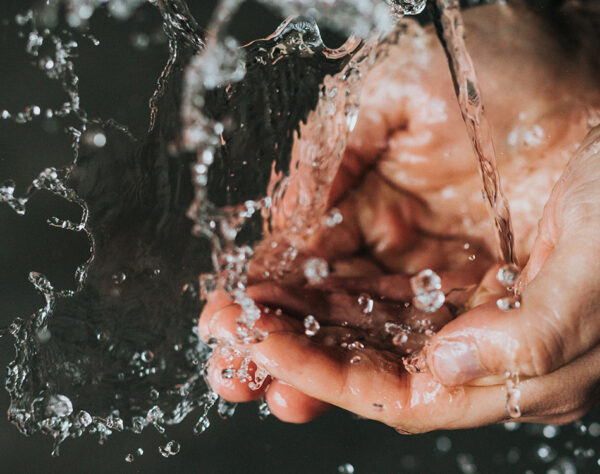
Towards sustainable wastewater treatment: membrane patterning and vibration
Understanding MBRs and the Fouling Challenge
Membrane bioreactors (MBRs) play a vital role in wastewater treatment by combining biological treatment processes with membrane filtration. They offer improved effluent quality at a smaller footprint. However, MBRs are susceptible to fouling, where sludge deposition on the membrane surface can reduce the filtration efficiency. This can lead to higher maintenance needs and reduced membrane lifespan, creating unsustainable filtration conditions.
Synergising Patterns and Vibrations: A Strategic Approach to Fouling Mitigation
KU Leuven researchers have developed a module integrating patterned membranes with controlled membrane vibration to address fouling challenges in MBRs. Patterned membranes provide significantly higher effective surface area for filtration, thereby delaying the severe fouling of membranes. In contrast, the introduction of membrane vibration disrupts the adhesion and accumulation of particles, sludge, and biological matter. The combination of patterned membranes and membrane vibration shows potential as a pragmatic solution to fouling issues.
Prototype Installation at Ecosite in Spain
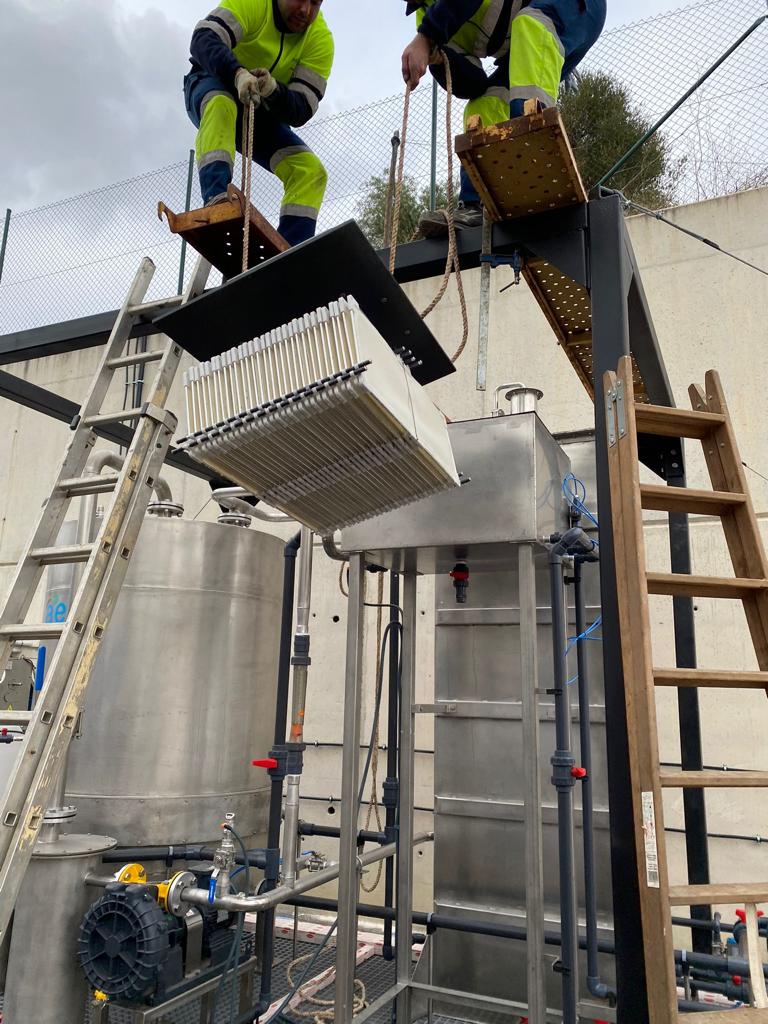
After achieving promising results in lab with meticulous testing under different conditions, the first pilot-scale prototype has been developed under the EU-funded SYMSITES project. Patterned membranes went through roll-to-roll production on Smartcoater 300 pilot line at Membrane Technology Group in KU Leuven while a highly energy-efficient vibration system was designed. KU Leuven researchers have reached a significant milestone in the SYMSITES project by installing its prototype at the Ecosite in Spain. This real-world deployment allows for comprehensive testing and validation of the module’s performance in addressing fouling challenges in anaerobic and aerobic MBRs. The ongoing testing of the patterned membranes and vibration module at the Ecosite marks a critical milestone for the project, showcasing potential applications in real-world scenarios.
Broader Implications and Collaborative Efforts
As the module undergoes rigorous testing at the Ecosite, researchers are considering its broader implications for the wastewater treatment industry. The adaptable nature of the technology, such as tunable membranes and precise control of vibration holds potential for adaptation in various MBR applications. The SYMSITES project consortium is actively engaged in further cost analysis and life cycle assessment of this module while monitoring and analyzing the ongoing testing phase. With the module recently installed at the Ecosite in Spain, KU Leuven researchers are cautiously optimistic about the future potential of this technology in contributing to sustainable and efficient wastewater treatment practices on a wider scale. The anticipated operational enhancements will align with the sustainability goals of SYMSITES in wastewater treatment. Stay tuned for updates as testing progresses.
Research Team from Membrane Technology Group, KU Leuven Belgium
Prof. Dr. Ivo Vankelecom – Research Team Leader
Dr. Ayesha Ilyas – Postdoctoral researcher
Dr. Doug Davenport – Postdoctoral researcher
Beau Dysserinck – Masters Student
Kristine Rombaut – Masters Student
